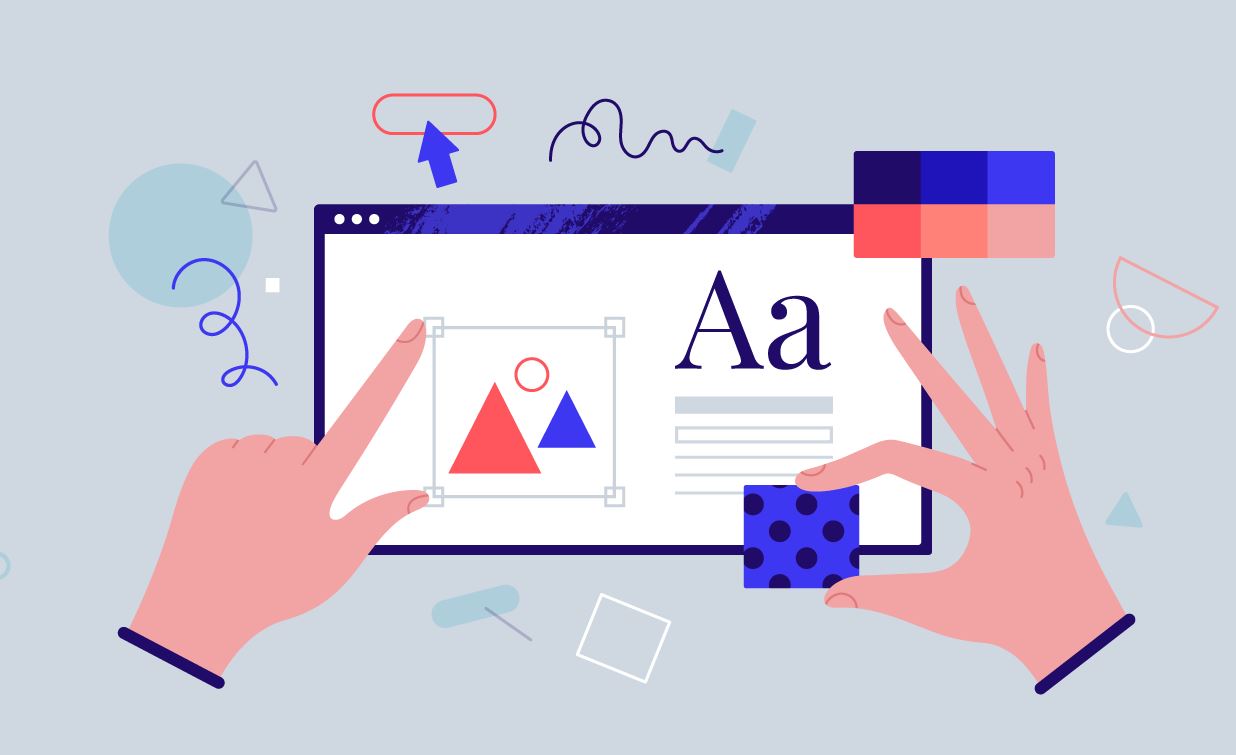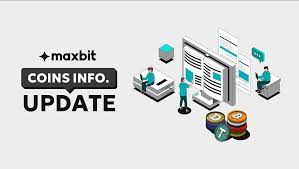Understanding both business goals and the designer’s creative process is crucial for achieving successful outcomes in any project. On one hand, having a clear grasp of business objectives ensures that design efforts are aligned with the overall vision and strategic direction of the organization. This alignment not only helps in maximizing resources but also guarantees that the final product effectively addresses market needs, thus driving growth and enhancing brand reputation.
On the other hand, recognizing the intricacies of a designer’s creative process is equally important. Designers often navigate through various stages of ideation, prototyping, and refinement to bring their concepts to life. By appreciating this creative journey, stakeholders can foster an environment that encourages innovation and experimentation, ultimately leading to more compelling and effective designs. When both business goals and the designer’s process are understood in tandem, it creates a harmonious synergy that results in solutions that are not only aesthetically pleasing but also strategically sound—ensuring that both creativity and commerce thrive together.
Clearly Define Your Project Goals
- Identify Key Objectives:
Clearly articulating your objectives for the design is crucial to its effectiveness and overall impact. Whether you aim to enhance brand awareness, drive sales increases, or cultivate a specific public perception, defining these goals will guide every aspect of the design process. For instance, if your primary objective is to elevate brand awareness, the design should focus on capturing attention through striking visuals and memorable messaging that resonate with your target audience. On the other hand, if increasing sales is your goal, it’s essential to create a compelling call-to-action and showcase product benefits prominently within the design. By aligning your design goals with measurable outcomes like customer engagement or conversion rates, you ensure that every element of your project serves a strategic purpose—ultimately leading to greater success in achieving your desired results.
- Provide a Creative Brief:
Creating a detailed brief is crucial when starting any project, as it serves as the foundational blueprint. The document should include key components like project scope, target audience, key messages, and tone to ensure clarity and alignment among stakeholders. Defining the project scope is essential; it outlines inclusions and exclusions to prevent scope creep that can derail timelines and budgets. Clear boundaries allow teams to focus on specific objectives without distractions. Identifying the target audience enables tailored messaging that resonates with their needs. Understanding who you’re communicating with ensures effective engagement.
- Set Expectations for Deliverables:
To ensure a successful design project, clearly identify the required design assets. These serve as foundational elements for your brand’s visual identity. Logos are essential, encapsulating your brand’s essence and making a memorable impression; they must be versatile for both digital and print applications. Website mockups visualize your online presence before development, allowing for feedback and adjustments to meet user expectations. Brochures effectively convey detailed product information while communicating your brand message, making them valuable marketing tools. By clarifying the need for logos, website mockups, and brochures, you establish a solid foundation for the creative process. This clarity streamlines communication with designers and aligns their efforts with your goals, leading to impactful outcomes that resonate with your audience.
Share Brand Guidelines and References
- Brand Identity & Style Guidelines:
It’s essential for the designer to fully understand your brand’s colors, fonts, logo usage, and visual identity. This understanding enables the creation of cohesive designs that resonate with your target audience. Your brand’s visual identity is like a unique fingerprint; each color evokes emotions, each font conveys tone, and logo elements tell part of your story. By clearly communicating these aspects to the designer, you empower them to capture your brand’s essence. This alignment enhances recognition and strengthens customer loyalty by ensuring consistency across all platforms. Investing time in this step leads to impactful designs that reflect your brand’s values and mission.
- Provide Examples and Inspiration:
Sharing reference designs or competitors’ work that you admire or critique is essential for guiding the designer and providing context. By showcasing specific designs you like, you clarify your aesthetic preferences, functional needs, and project vision. This helps align the designer’s approach with your goals. Conversely, discussing elements you dislike can prevent misalignments later in the design process. Ultimately, this exchange fosters collaboration, enabling creative solutions that meet your needs and resonate with your target audience.
- Explain the Desired Tone and Feel:
When designing, clarify the emotions or reactions you want to evoke. For a sense of fun, use bold colors, playful typography, and whimsical imagery. To project professionalism, choose subdued colors with clean lines for a trustworthy feel. For elegance, opt for refined fonts and soft tones that suggest sophistication. By defining these emotional targets—fun, professional, or elegant—you ensure your design resonates with its audience. This clarity guides your creative choices and enhances the impact of your work, making it memorable and engaging.
Set Realistic Timelines and Deadlines
- Plan for Adequate Turnaround Time:
To ensure the highest quality of work from your designer, it is crucial to avoid last-minute requests. When you provide ample time for design tasks, you not only allow the designer to engage in a thorough creative process but also enable them to refine their ideas and incorporate feedback effectively. Rushing deadlines can lead to rushed solutions that compromise the overall quality and effectiveness of the final product. By planning ahead and communicating your needs well in advance, you foster an environment where creativity can flourish, and thoughtful design choices are made. Ultimately, giving designers sufficient time is an investment in excellence that pays off with results that resonate strongly with your audience.
- Build in Time for Revisions:
Incorporating buffer time for feedback and revisions in design projects is essential due to the iterative nature of the process. Unlike linear workflows, design often requires revisiting concepts based on stakeholder input, leading to necessary adjustments that improve outcomes. Adequate buffer time allows teams to address critiques and explore new creative possibilities, fostering collaboration and thorough examination of design elements for stronger solutions. Without this buffer, projects risk being rushed and may fall short of their goals due to unresolved issues. In summary, integrating buffer time into your timeline is crucial for achieving high-quality designs that succeed in the marketplace while promoting creativity and innovation.
- Discuss Timeline Early:
It is crucial for both parties to agree on milestones and deadlines. This proactive approach fosters accountability and helps prevent delays. By collaboratively setting benchmarks, teams maintain alignment, facilitating smoother workflows and enhancing project success. When everyone understands their responsibilities and timelines, expectations are managed effectively, increasing efficiency and reducing misunderstandings. Prioritizing this agreement is a strategic move that safeguards the project’s integrity.











